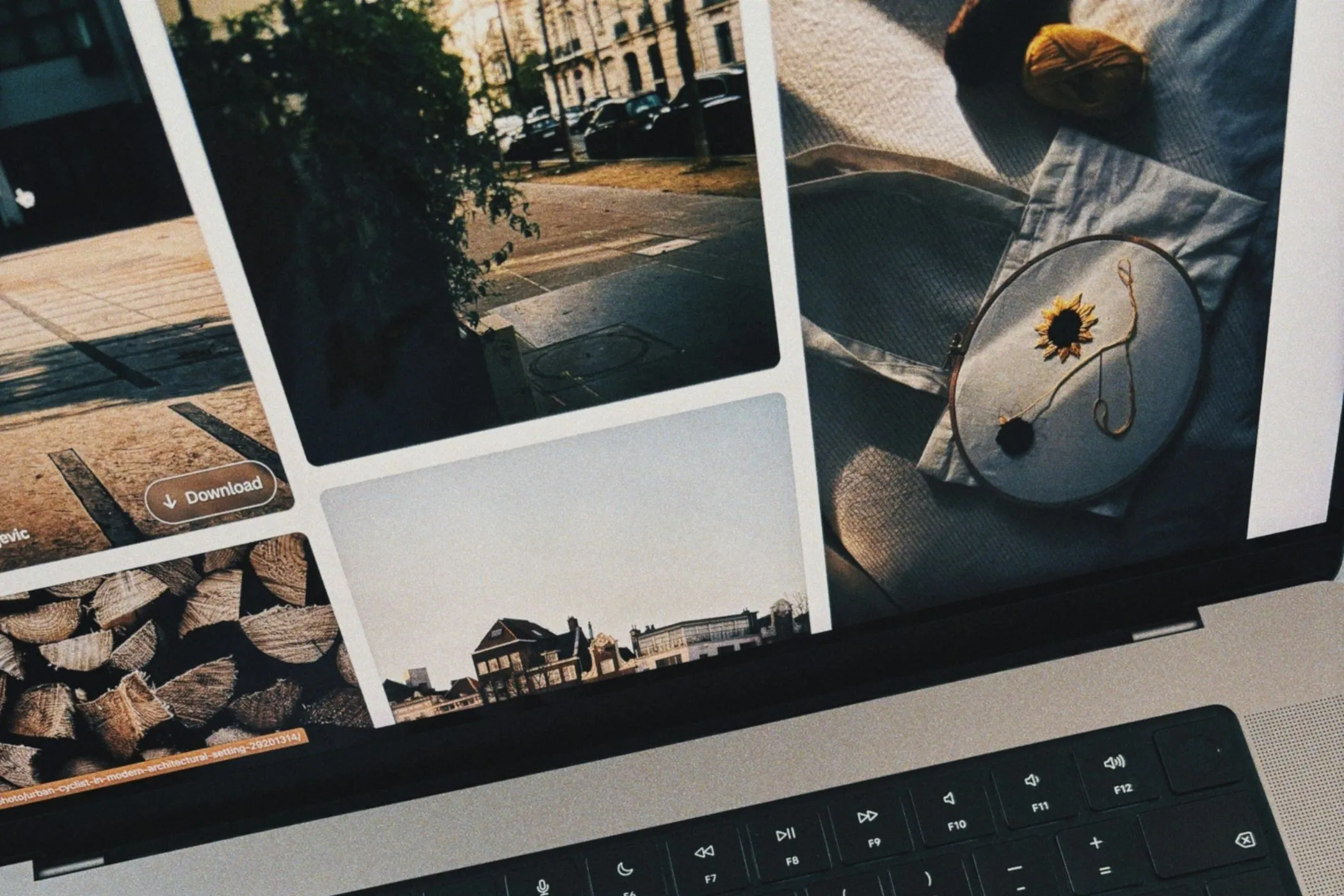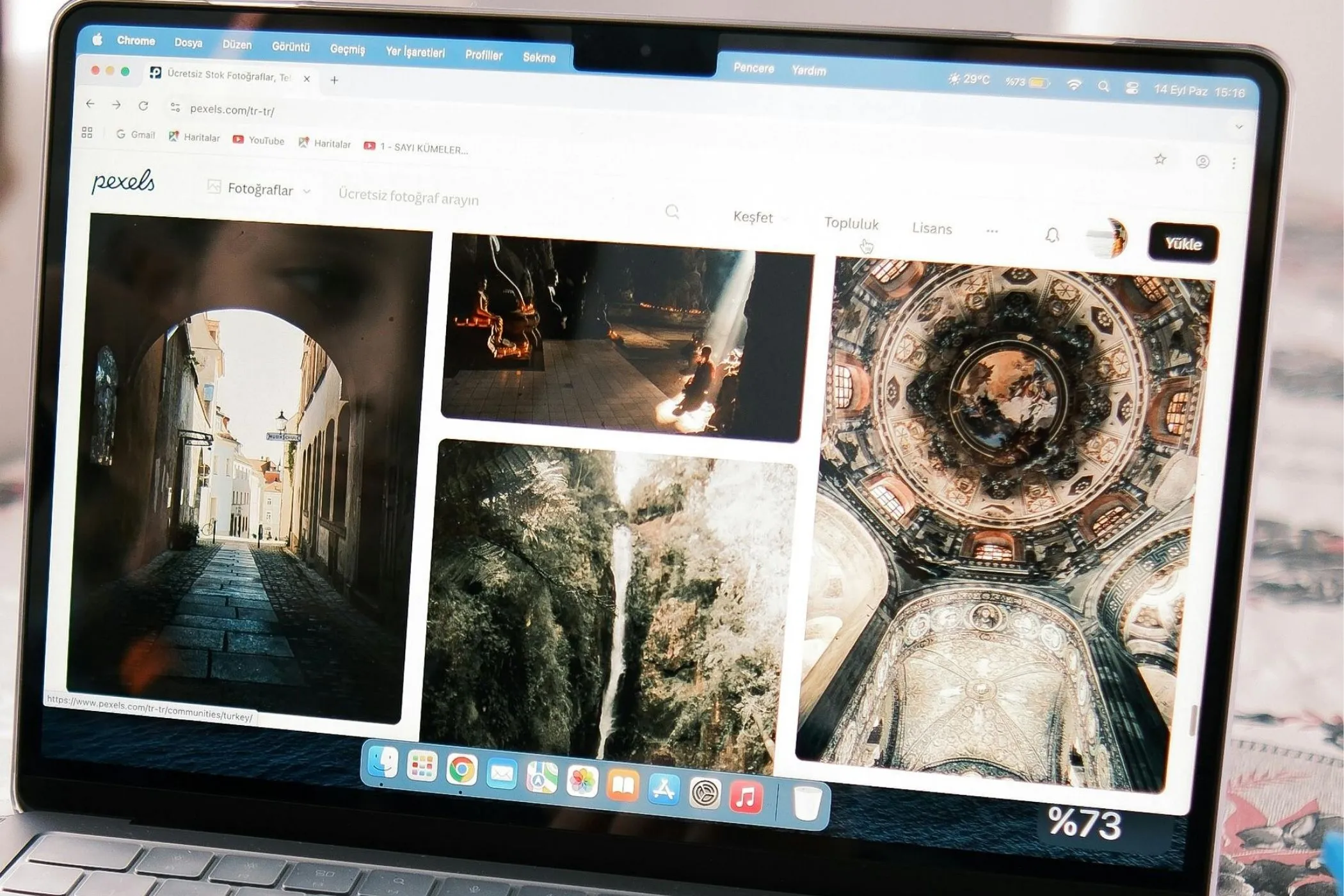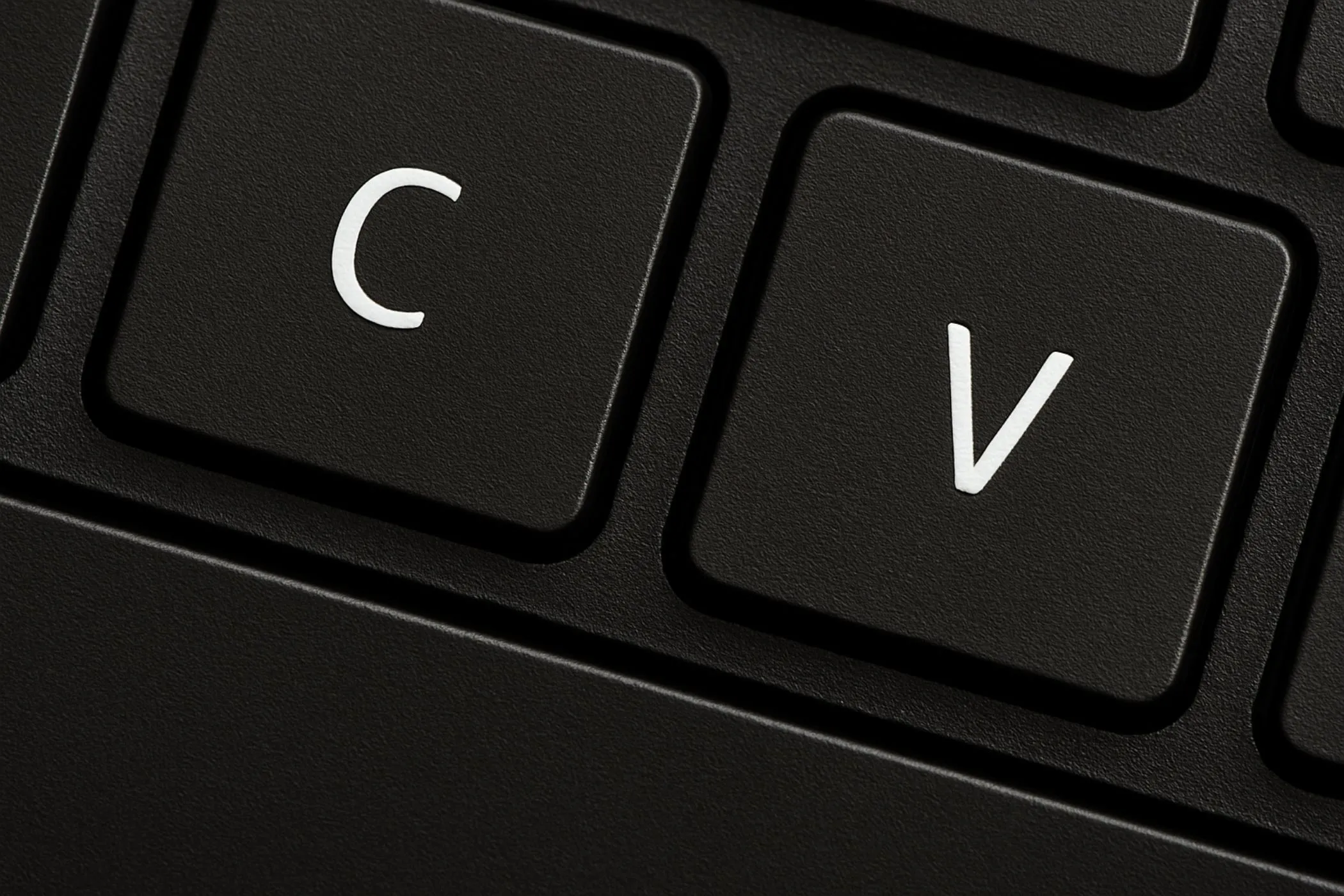Progressive JPEG Converter
Convert PNG, JPG, or WebP images into progressive JPEG. Set quality and max width to create faster-loading, web-optimized photos in seconds.
Convert PNG, JPG, or WebP images into progressive JPEG. Set quality and max width to create faster-loading, web-optimized photos in seconds.
Turn mixed WebP, PNG, and JPEG image folders into a clean, consistent set in seconds. Drop your files, choose a target format, and export everything in one go.
Resize JPG, PNG, or WebP images to multiple sizes in one go. Choose fixed widths, percentage scales, or a fit-inside box, then download everything as a ZIP — all processed locally in your browser.
Add images.
Drag & drop your PNG, JPG, or WebP files — or click to select multiple.
Choose your tracing settings.
Convert.
Process images one-by-one or press Download all as ZIP to batch-convert everything.
Download.
Each result is a clean, scalable SVG file named after your original image.
Every conversion runs locally, keeping your images private and your browser fast.
Logo Vectorization
Turn low-resolution or raster logos into crisp, scalable SVGs for websites and print.
Illustration Cleanup
Convert hand-drawn sketches, icons, or simple graphics into editable vector paths.
Poster & Art Effects
Turn photos into bold posterized SVG artwork with limited colors.
UI & Marketing Assets
Create lightweight SVG illustrations that stay sharp on any screen size.
Batch Vectorization
Process sets of icons or graphics in one go with consistent settings.
Start with 6–12 colors.
Most graphics look clean and balanced in this range.
Use lower detail for logos.
You’ll get simpler paths and cleaner shapes.
Increase detail for illustrations or photos.
More curves and edges will be preserved.
Turn on noise cleanup for camera photos and JPGs.
It removes tiny artifacts that can bloat SVG size.
Avoid extremely large images.
Vectorizing full-resolution photos can be heavy; resize first if needed.
This tool runs a full vectorization pipeline inside your browser — no uploads, no servers:
ImageData.You get clean vector graphics, instant previews, and full privacy — all powered by modern browser APIs.
It creates clean, editable SVG paths traced from the image’s shapes and colors. The output is a standard SVG file you can open in design tools like Figma, Illustrator, or Inkscape.
SVGs aren’t pixel-based. They’re made from paths. If you use fewer colors or lower detail, the shapes become simpler. Increasing detail or color count makes the result more faithful but produces larger files.
Yes, but photos contain thousands of subtle tones. Use higher detail and more colors for realistic results, or fewer colors to create poster-style art.
It removes tiny pixel-level artifacts before tracing. This prevents small specks from becoming isolated SVG paths and keeps the result cleaner and smaller.
No. Everything runs directly in your browser using Web Workers and OffscreenCanvas. No files ever leave your device.
Large images work, but very high resolutions may use more memory during tracing. If your browser struggles, try resizing the image first using another Vayce tool.

6 min read
JPEG, PNG, or WebP? Learn which image format to use for speed, quality, and SEO - and how to convert instantly in your browser without uploading a single file.

5 min read
Learn what progressive JPEGs really do, why they make images feel faster, and how to create and audit them directly in your browser - no uploads required.

8 min read
Pasting feels instant, but behind the scenes your browser negotiates formats, permissions, and privacy in milliseconds. Here’s what really happens when you paste text or images into a web page - and why it matters for modern creators.